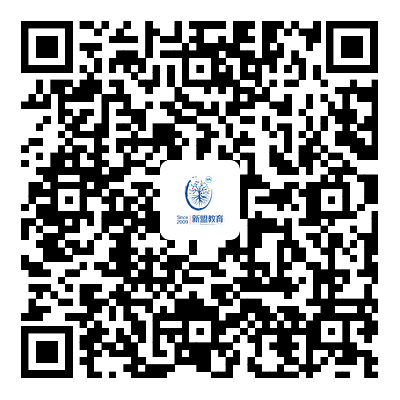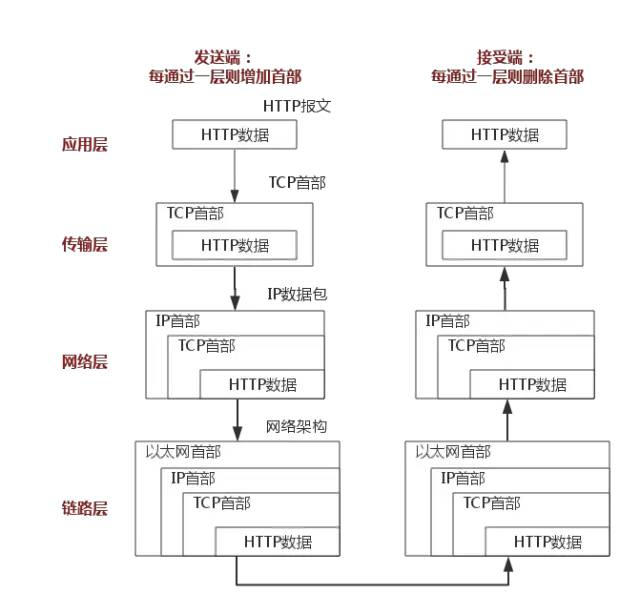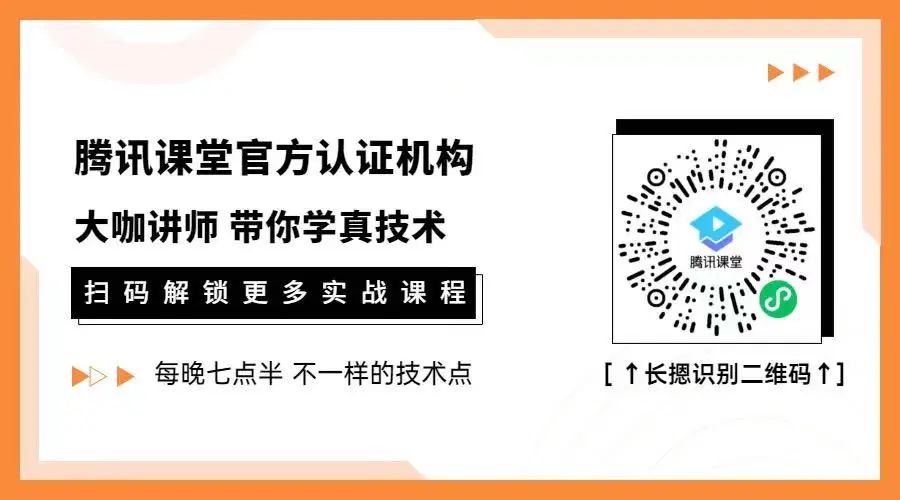Click the blue text above to follow us

1. Concept
TCP/IP (Transmission Control Protocol/Internet Protocol) is the communication protocol for computers connected to the internet.
A communication protocol is a description of the rules that computers must follow to communicate with each other. Only by adhering to these rules can computers communicate. TCP/IP defines the standards for how electronic devices (such as computers) connect to the internet and how data is transmitted between them.
The TCP/IP protocol refers not only to the TCP and IP protocols but also to a suite of protocols including FTP, SMTP, TCP, UDP, IP, etc. It is called TCP/IP because TCP and IP are the most representative protocols in this suite.
TCP is responsible for communication between application software (like your browser) and network software.
IP is responsible for communication between computers.
TCP is responsible for segmenting data and encapsulating it into IP packets, then reassembling them upon arrival.
IP is responsible for sending packets to the recipient.
2. Four-Layer Network Model
|
Application Layer |
Telnet, FTP, SMTP, HTTP |
Receives data from the transport layer or transmits data to the transport layer according to different application requirements and methods |
|
Transport Layer |
TCP, UDP |
Provides a channel for users to combine platform and computer network internal data for data transmission and sharing |
|
Network Layer |
IP, ICMP, IGMP |
Mainly responsible for the delivery of data packets in the network |
|
Data Link Layer |
ARP, RARP device drivers and interfaces |
Provides link management error detection and effective handling of detailed issues related to different communication media |
3. Data Encapsulation Process
The process of communication in the TCP/IP protocol corresponds to the process of data being pushed onto and popped off the stack. During the push process, the sender continuously encapsulates headers and trailers at each layer, adding some transmission information to ensure it can reach its destination. During the pop process, the receiver continuously removes headers and trailers at each layer to obtain the final transmitted data.
Taking the HTTP protocol as an example, the specifics are as follows:

4. TCP/IP Addressing
TCP/IP uses 32 bits or 4 numbers between 0 and 255 to address computers. 32 bits = 4 bytes (one byte is 8 bits).



Disclaimer: The content comes from the internet, thanks to the source. If there is any infringement, please contact us for deletion.